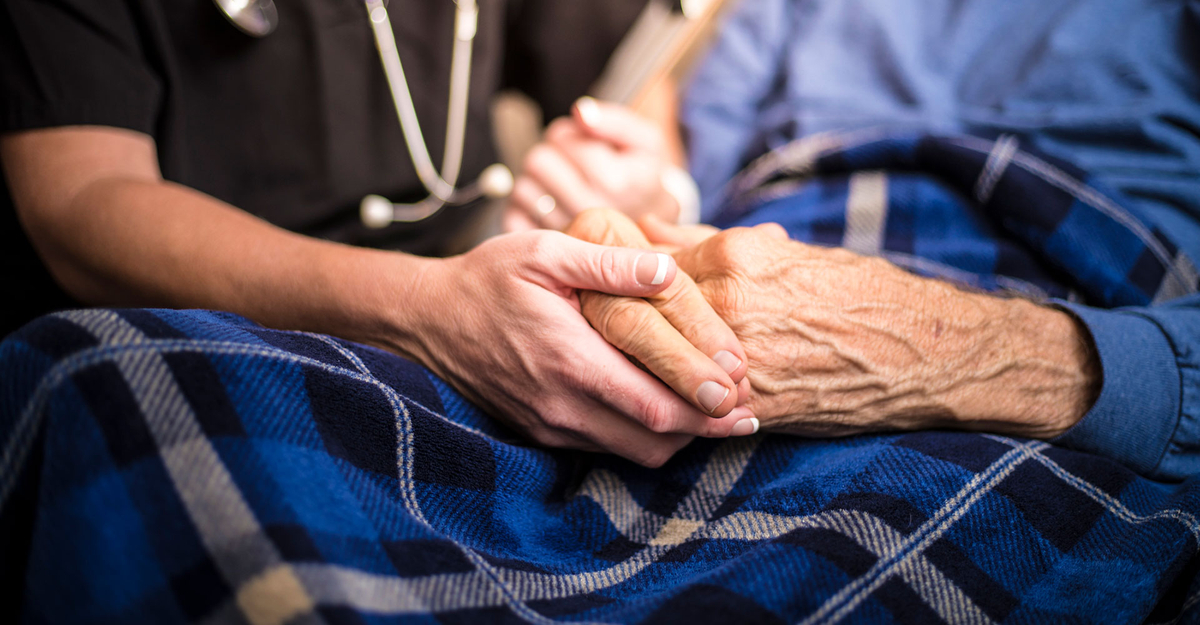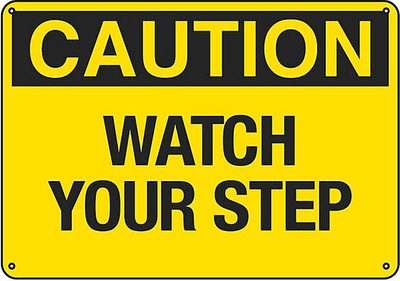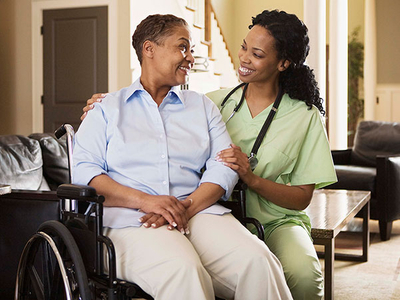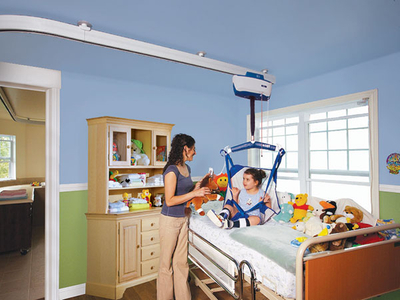June is Safety Awareness Month. All across the country, companies and individuals focus their efforts on making their work spaces and every day lives a little bit safer.
Homecare safety is no different. It is extremely important for both the patient and the caregiver to practice safe lifting and transferring of the patient. Lifting and transferring happens so often in this field that it must be perfected to ensure the best quality care is being given and both parties are being cared for.
Here are some tips on how to care for yourself during a home visit so that the highest quality care can be given to the patient:





